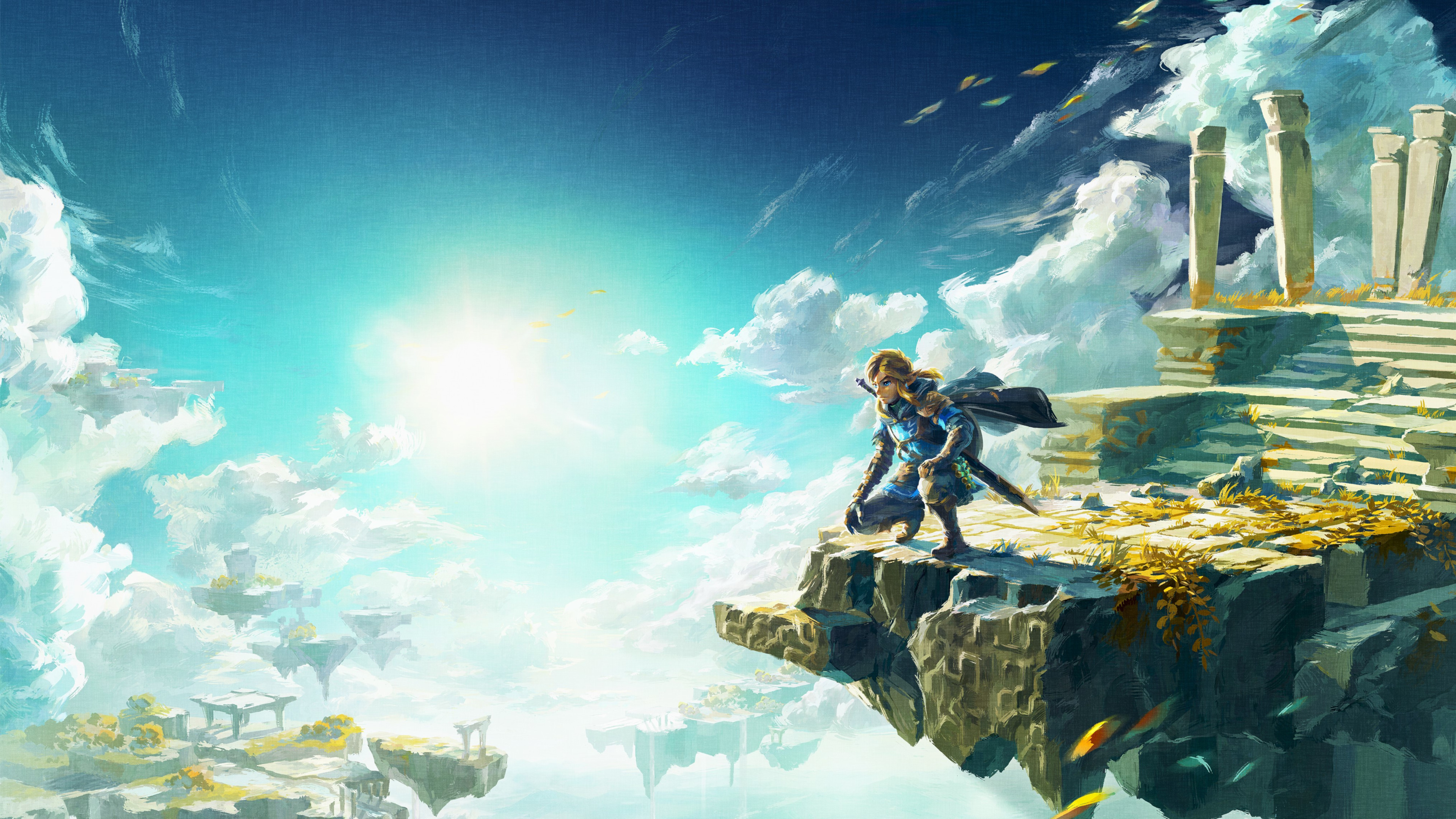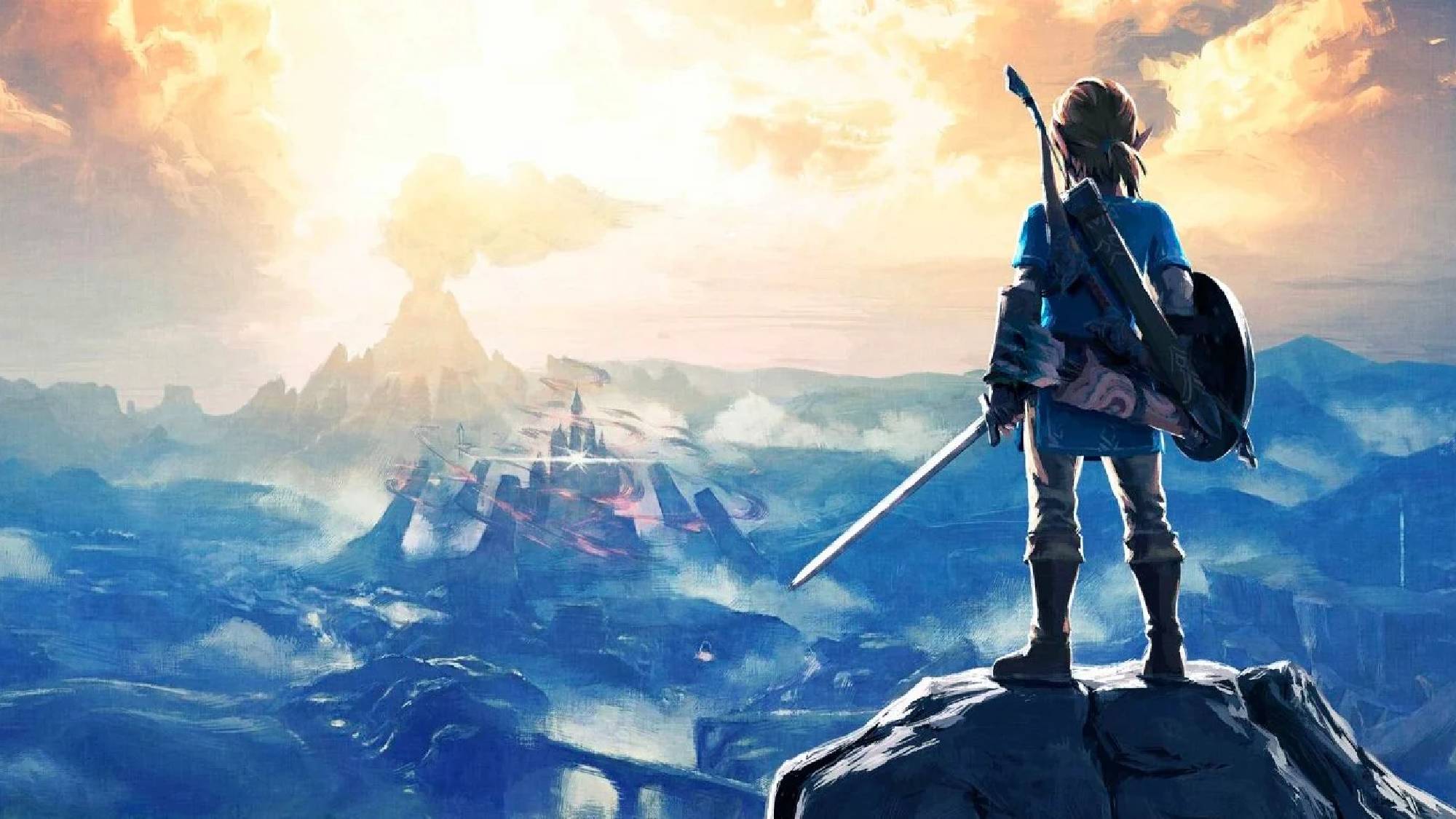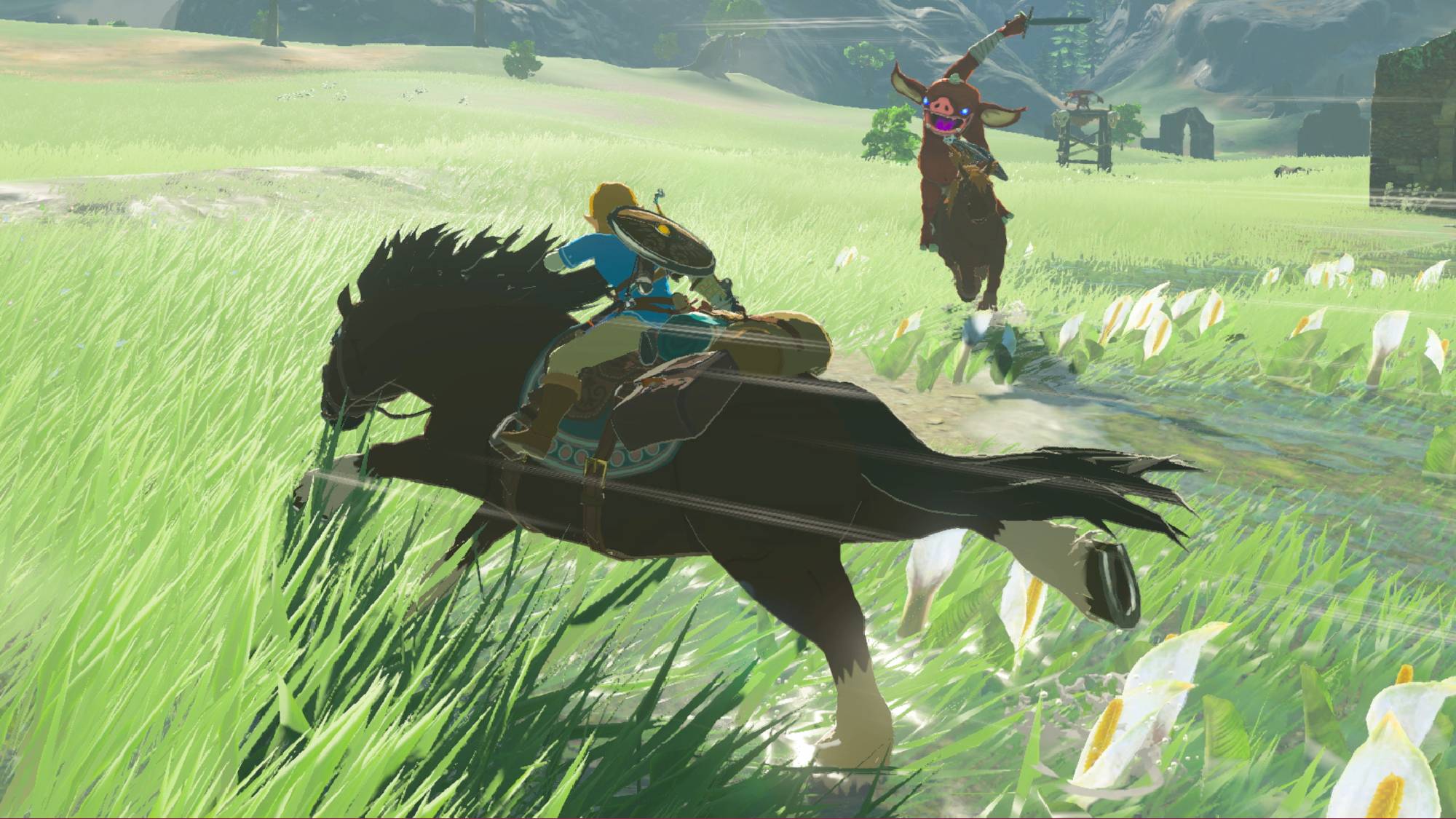The Legend of Zelda: Tears of the Kingdom deserves a more powerful console
The aging Switch may not do full justice to The Legend of Zelda: Tears of the Kingdom

The Legend of Zelda: Tears of the Kingdom has been in the works for a while, but now the game has an official title, as well as a release date (May 12, 2023). That’s great news for Zelda fans, since this is the longest we’ve ever gone without a new Zelda title, ever since the series debuted in 1986. Whether or not Tears of the Kingdom surpasses its lofty predecessor, it’s almost sure to be a good game, with the series’ signature mix of storytelling, exploration, combat and puzzle-solving.
It's also almost sure to push the aging Nintendo Switch hardware to its limits. The game is still eight months away, and that prospect already sounds exhausting.
The Nintendo Switch is the least powerful mainstream console you can currently buy, and the five-year-old system has been showing its age for a while. Whereas the PS5, Xbox Series X and modern gaming PCs can boast 4K resolution, 120 fps frame rates and rapid SSDs, the Switch is shackled to 1080p resolution, 60 fps and dated flash memory.
With no new Switch hardware on the horizon, we’re stuck with what we’ve got — and so are Link and Zelda. But I'm here to argue that the new Zelda title deserves a new console, whether that's a Nintendo Switch Pro or (less likely) a Nintendo Switch 2.
Past performance does not indicate future success

Perhaps it’s premature to say that Tears of the Kingdom could suffer from performance issues on the Switch. After all, the game is the better part of a year away, and I don’t have any special insight into its development. Perhaps the engineers at Nintendo have figured out how to better optimize the Switch software, or perhaps they’re scaling back the graphics somehow, or perhaps Nintendo plans to launch some kind of cockamamie enhanced hardware, like the RAM-enhancing Nintendo 64 Expansion Pak.
However, we can at least say that the two existing Breath of the Wild games on Switch have had their share of performance issues. And we have to imagine that Tears of the Kingdom will be a more ambitious game, technically, since that’s Nintendo’s standard MO for sequels.
The original Breath of the Wild was a launch title for the Nintendo Switch (and one of the last big releases for the Wii U, but no one seems to talk about that part). The game ran well for the most part, but it’s important to remember that even Nintendo’s flagship title was not perfect. The frame rate can chug if you take on a lot of enemies with a lot of particle effects at once. Korok Forest in particular did not run well, possibly due to how many distinct pieces of grass the Switch had to render at once.
Hyrule Warriors: Age of Calamity isn’t a mainline Zelda title, and it isn’t canonically related to Breath of the Wild. But it does use the same setting, the same characters and even some of the same game assets. The game suffers from frame rate issues, particularly in some of the larger, more chaotic battles. But the bigger issue I noticed was that it simply doesn’t look very good compared to recent fare on the PS5 and Xbox Series X. I argued that Age of Calamity demonstrated why we need a 4K Switch — and I argued that point two years ago. Since then, Nintendo has released the Switch OLED, but that hasn’t really addressed the central concern.
The bottom line is that we’ve seen Breath of the Wild’s world and characters in two different Switch games, and both of them had to contend with imperfect performance and dated graphics. Both games had excellent art styles, and that admittedly went a long way toward making them look good. But Tears of the Kingdom has to use the exact same hardware as Breath of the Wild and Age of Calamity, and there’s only so much performance that the developers can squeeze out of that hardware.
What could have been

For what it’s worth, I’m not especially concerned about Tears of the Kingdom from either a mechanical or a visual perspective. While not all mainline Zelda games are created equal, there’s never been a bad one. But it’s hard to imagine that 1080p resolution and a 30 fps frame rate will do full justice to the setting’s gorgeous art style.
In fact, we don’t have to imagine what a more graphically ambitious Zelda would look like, because modders have made it a reality. One YouTube channel called Digital Dreams has upscaled Breath of the Wild to run at 8K(!) and 60 fps. The results are absolutely stunning. While a traditional home console couldn’t possibly hit these benchmarks, the PS5 and Xbox Series X can render the latest and greatest games at a steady 4K/60 fps, even if they have to use some upscaling trickery to do so. Tears of the Kingdom could have set the standard for open-world fantasy game graphics, if Nintendo had provided the right hardware for it.
The obvious counterarguments are that “gameplay and story are more important than graphics” and “art style trumps graphical fidelity,” both of which are true. If Tears of the Kingdom is anything like its predecessor, the game should be a joy to play and provide plenty of gorgeous watercolor vistas to drink in. But whatever Tears of the Kingdom accomplishes visually may be in spite of the Switch, rather than because of it.
In any case, pining for a 4K/60 fps Tears of the Kingdom may be counterproductive. Nintendo is not going to bring out more powerful hardware between now and May 2023, and even if it did, Tears of the Kingdom wouldn’t be exclusive to the new system. We’ll have to be satisfied with whatever we get, and if previous Zelda games are anything to go by, there’s no need to be worried on that count.
Still, we’ve seen what rival companies Sony and Microsoft have done with the visuals in their flagship series, such as Ratchet & Clank: Rift Apart and Forza Horizon 5. It’s not hard to dream about what might have been.
Sign up to get the BEST of Tom's Guide direct to your inbox.
Get instant access to breaking news, the hottest reviews, great deals and helpful tips.
Marshall Honorof is a senior editor for Tom's Guide, overseeing the site's coverage of gaming hardware and software. He comes from a science writing background, having studied paleomammalogy, biological anthropology, and the history of science and technology. After hours, you can find him practicing taekwondo or doing deep dives on classic sci-fi.

